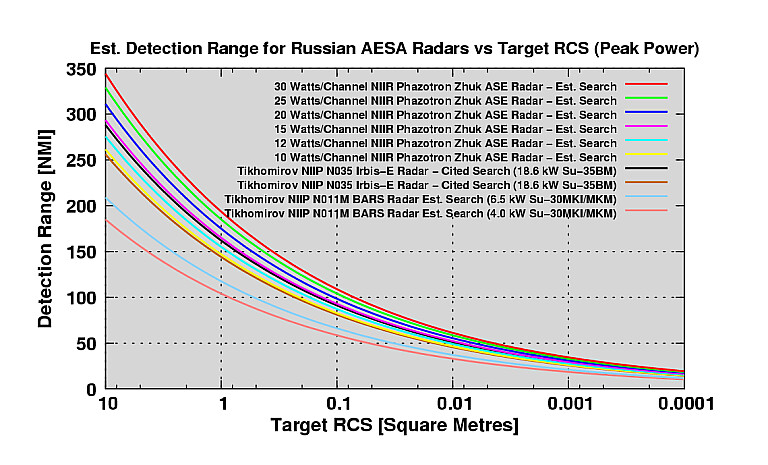Manticore
RETIRED MOD

- Joined
- Jan 18, 2009
- Messages
- 10,115
- Reaction score
- 114
- Country
- Location
a-5 retired, next in line are early mirages (non rose models), f-7s (only p, not pg), this should be completed as new batches of jft are inducted, within next 5 -7 years at best. Grifo-S is not exactly same as old Grifo-S 7 and I give u the reason why. After fiar presented s-7 to paf, it seem impressive as it had high power and excellent anti jamming, decent range, robust architecture but it lacked in multiple engagements and track range, it also had inherited flaw of unable to communicate with indigenous, chinese weapons. What was presented by fiar as the Grifo-2000/16 was any day, a better option as it had more range, better features. this was discussed with fiar and they came up with and unified version having different antenna, range, processors, features in a customized variant known today as Grifo-S, this can also be observed in the brochure. It was defeated by a more capable radar in all dimensions that is known as klj-7......
klj-7 currently has 550 watt output power and is powerful enough, but plans are in place for locally produced radar to have 600 watt (yes folks, 600) watt which will give it as much power as in APG-68 v9
F-7= Grifo-7=200-250 watt
f-16 blk 15= 300-350 watt
Rose Mirage= Grifo M3= 400-450 watt
Grifo-S (JFT earlier) =500-560 watt
nabil bhai the peak power of grifo7
[P2801] is 100kW , so i what were you referring to when you were saying 250?
AN/APG-68(V)9
Weight 362 lb (164 kg)
Cooling 19.0 lb/min @ 27ºC
Power 5606 VA ---5.6kw???
Volume 4.6 ft3 (1.3m3)

 ). SOC in fact commented that it is a very potent radar looking at some mentioned features.
). SOC in fact commented that it is a very potent radar looking at some mentioned features.







